What is species vs hybrid clematis?
ginjj
14 years ago
Related Stories
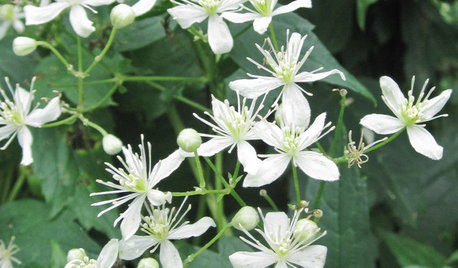
GARDENING GUIDESGreat Design Plant: Clematis Virginiana
Devil’s darning needles, a vigorous vine native to eastern North America, likes partial shade and many types of soils
Full Story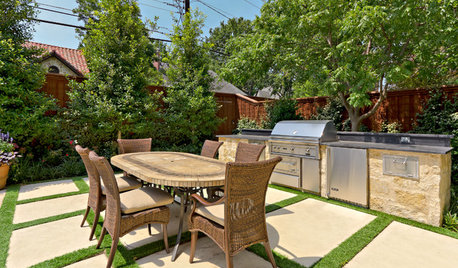
FLOWERS AND PLANTSPlant Ilex Cassine for a Privacy Screen That Feeds the Birds
Dahoon and its hybrids provide lovely evergreen foliage in southeastern U.S. gardens
Full Story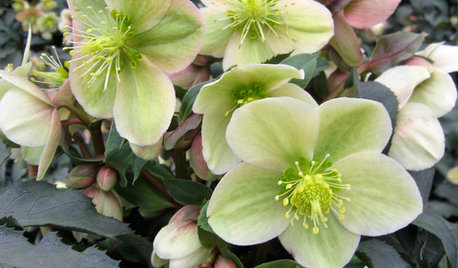
WINTER GARDENINGGreat Design Plant: Gold Collection Hellebores Perform Like Stars
Exciting colors, longer bloom times, forward-facing flowers ... These hybrids leave old hellebores in the dust
Full Story
FLOWERSRudbeckia Mania: Go Beyond Black-Eyed Susan in the Garden
Branch out from typical nursery fare, with lesser-known Rudbeckia species that have delightfully unexpected features
Full Story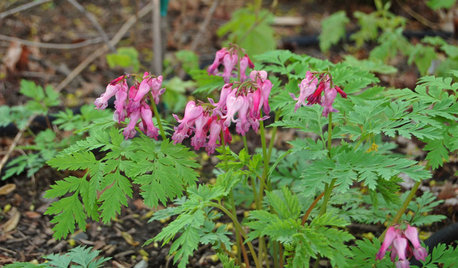
GARDENING GUIDESGreat Design Plant: Dicentra Eximia Brightens Shady Gardens
This North American bleeding heart species blooms from spring to fall and welcomes bees and hummingbirds
Full Story
GARDENING GUIDESGreat Design Plant: Amelanchier Signals Spring With Airy White Blooms
With roughly 20 species of serviceberry native to the U.S., bees can feed on the early-season blooms while birds enjoy the summer berries
Full Story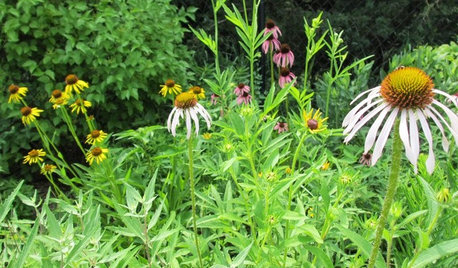
FLOWERSGet Coneflower Blooms All Summer Long
Plant these 5 native species to bring beauty to the garden — and pollen to the insects — from June through August
Full Story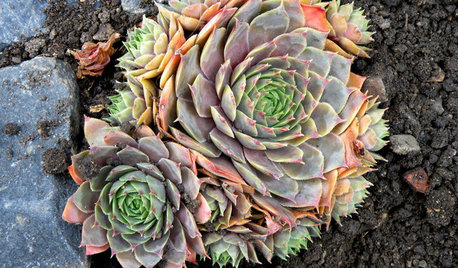
GARDENING GUIDESGreat Design Plant: Hens-and-Chicks
Plant Sempervivum succulents for fuss-free garden color and character all year
Full Story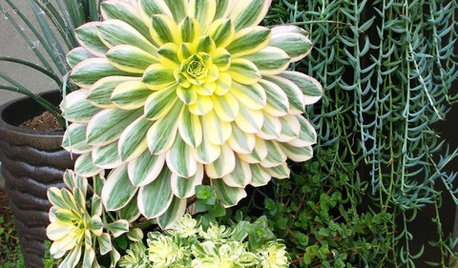
GARDENING GUIDESGreat Design Plant: Aeonium
Try these highly ornamental succulents for their lush leaves, unusual range of colors and surprising soil tolerance
Full Story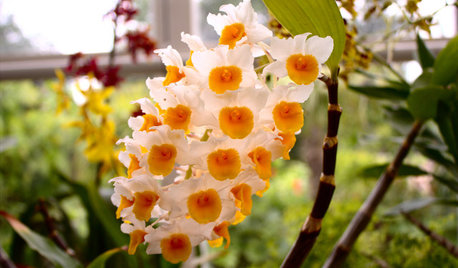
HOUSEPLANTSOrchids 101: Try Something Different With Dendrobiums
If you’re looking for something out of the ordinary, these orchids may be a good choice
Full StoryMore Discussions







gardengal48 (PNW Z8/9)
lalalandwi
Related Professionals
Southfield Landscape Architects & Landscape Designers · Elgin Landscape Contractors · Cockeysville Landscape Contractors · Hayden Landscape Contractors · Inglewood Landscape Contractors · Nanuet Landscape Contractors · New Berlin Landscape Contractors · Pahrump Landscape Contractors · San Carlos Park Landscape Contractors · Santa Maria Landscape Contractors · Wallingford Landscape Contractors · West Orange Landscape Contractors · Wickliffe Landscape Contractors · Silver Firs Landscape Contractors · Sun Valley Landscape Contractorsbuyorsell888
ginjjOriginal Author
gardengal48 (PNW Z8/9)
buyorsell888
lalalandwi
gardengal48 (PNW Z8/9)
lalalandwi
gardengal48 (PNW Z8/9)
ginjjOriginal Author
michael_in_chicago